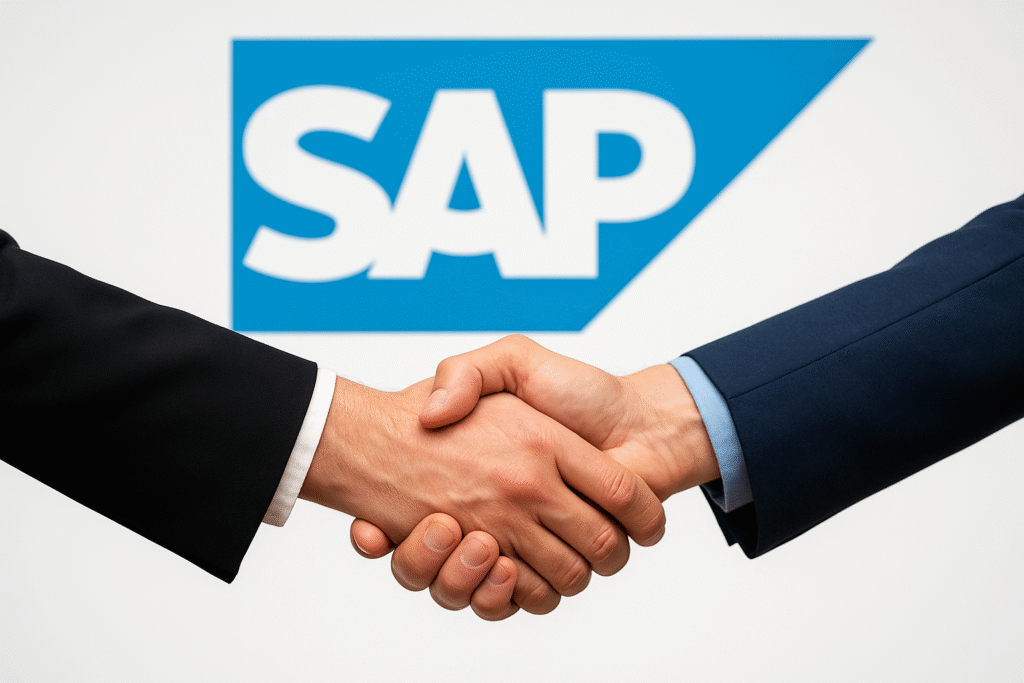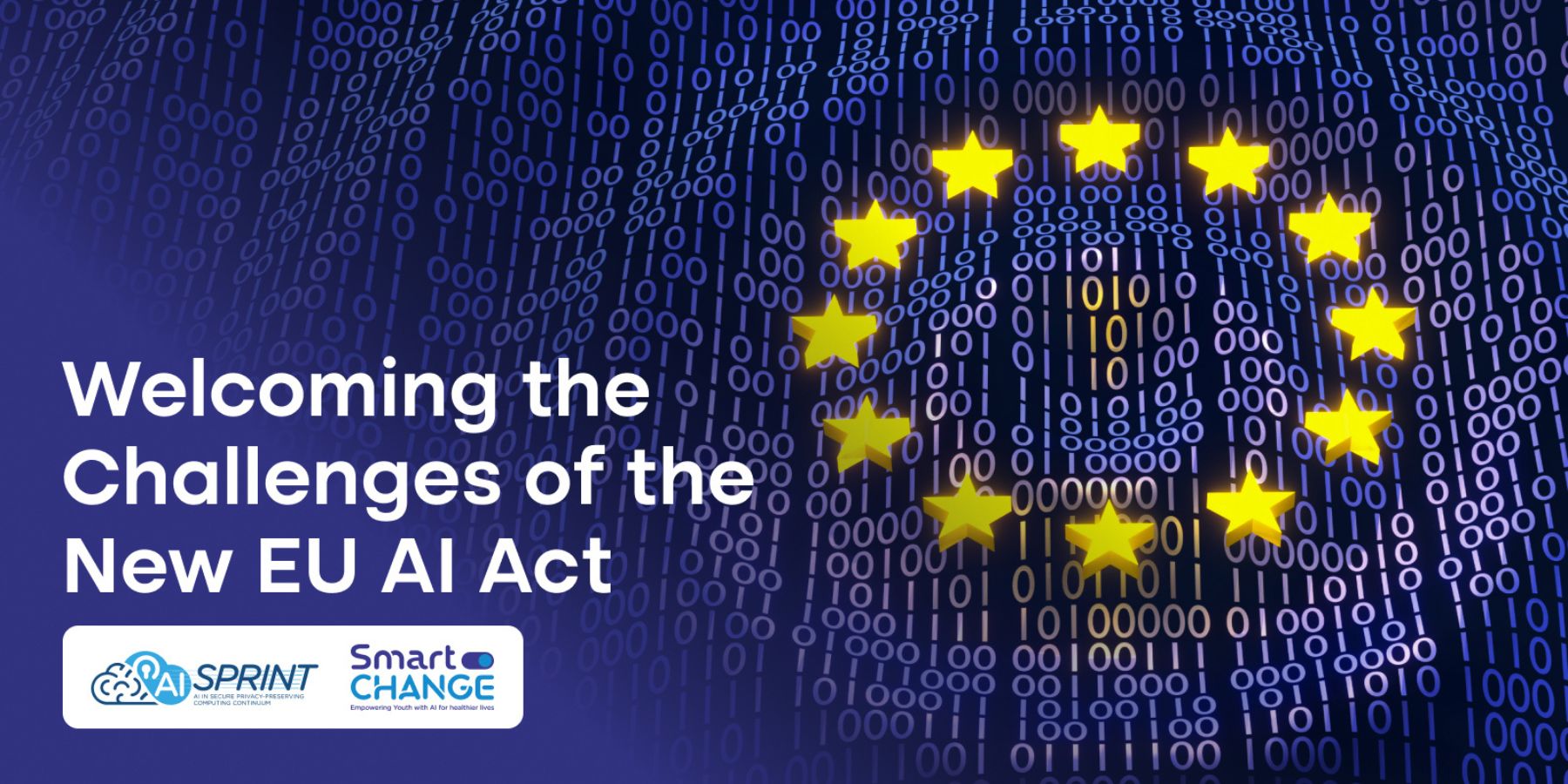Europe’s strong software industry is now facing a major test, as AI is changing how big companies work and compete—facing the AI Era.

SAP SE, the German software giant and Europe’s richest tech firm, is facing its make-or-break decade. On the watch of CEO Christian Klein, the 45-year-old who took over in 2019, SAP evolved from a late entrant in cloud computing to a world leader. Its cloud revenue has jumped almost three times since 2019, propelling the firm past rivals such as Salesforce in valuation.
But now, as per reporting by Bloomberg, with the cloud migration trend set to decline after 2027, SAP has to turn around again, this time towards artificial intelligence. Investors, analysts, and customers alike are asking the same question: can SAP reinvent itself quickly enough, or will AI upset its reign?
From Cloud Catch-Up to Cloud Leader
When Klein came on board six years ago, SAP was already considered to be playing catchup with Silicon Valley. Salesforce pioneered cloud-based enterprise software, while SAP hung onto traditional, on-premise systems.
Klein’s brazen bluff, move to SAP’s cloud or be cut off, frightened customers but ultimately succeeded. SAP’s cloud revenues are expected to reach close to €22 billion ($26 billion) by 2025. Its market capitalization has gone beyond €200 billion, and it is now the jewel of European software.
But the success story comes with a bomb: after the forced migration wave subsides in 2027, growth may rapidly decelerate.
The AI Gamble
To continue momentum, SAP is counting on AI-driven enterprise solutions. Klein previewed this vision at SAP’s flagship Sapphire conference in Orlando, Florida, where he demonstrated AI assistants that will automate financial reporting, simplify HR, and accelerate supply chain decision-making.
But SAP is slow to this race as well. Tech giants such as Microsoft, Google, Amazon, and Salesforce already reign supreme in AI building platforms. Customers, ranging from NBCUniversal to Aldo Shoes, report SAP’s AI solutions are convoluted, costly, and usually opaque in benefit.
Gartner analysts cautioned that SAP threatens to alienate customers through aggressive sales practices and bewildering AI licensing schemes. A July report even spoke of a CIO shift from a “SAP-first” to a “SAP-last” approach to non-core apps.
Why It Matters Beyond SAP
SAP’s battle is not just a company soap opera, it’s the battle for Europe in the global race for tech. When the rest of the world’s innovation seems to be controlled by the US and Asia, SAP is one of Europe’s only genuine software heroes, including ASML, Arm Holdings, and Spotify.
If SAP does not adapt, European businesses will become increasingly dependent upon American and Asian suppliers of key technologies. That’s why SAP’s AI bet isn’t a business narrative; it’s a geo-political one.
The Customer Dilemma
For companies, SAP has never been “sticky.” Its highly personalized systems, sometimes operating sensitive financial and operational information, made it hard to switch. But the cloud has altered that.
Today, businesses are picking and choosing “best of breed” applications, CRM from Salesforce, HR from Workday, analytics from Microsoft, rather than committing to SAP’s entire suite. SAP responds with its appeal: “Best of Breed is Dead.” Yet adoption numbers indicate most customers don’t believe it.
Approximately 60% of SAP’s 400,000 enterprise customers haven’t even begun their cloud migration, much less implemented its AI offerings. This inertia may derail SAP’s growth plans.
Investor Jitters
SAP’s shares have fluctuated over the past few months as investors absorb these risks. Analysts are forecasting robust double-digit growth by 2027 but caution against a slowdown thereafter. The concern is that AI, rather than being a growth driver, will upset SAP’s hegemony, particularly if customers rush to Microsoft Azure, AWS, or Google for their AI requirements.
UBS analysts recently commented that most businesses view AI agents as immature, with 70% accuracy levels not yet suited for mission-critical tasks. SAP risks selling customers solutions they don’t yet trust if it bets too early, or getting left behind if it bets too late.
Klein’s Leadership Test
For Klein, this is the moment of his professional legacy. Recruited by SAP co-founder Hasso Plattner himself, Klein has already demonstrated he could execute a turnaround. But the era of AI is different. It requires not just technological innovation but also customer confidence, more seamless adoption, and worldwide competitiveness against trillion-dollar players.
As one NBCUniversal executive joked at Sapphire: “It takes us a really long time to upgrade our SAP systems, and they are quite expensive to maintain. Does that sound familiar, anybody?”, prompting giggles but highlighting the uphill fight.
What’s Next for SAP?
- AI Growth :SAP is set to introduce 400 generative AI applications by end-2025
- Customer Care Drive: Klein has revamped sales incentives to incentivize adoption, rather than contracts.
- Geopolitical Significance: With the status of Europe’s tech flagship, SAP’s prosperity is pivotal to breaking European dependence on US and Asian suppliers.
- Cloud Transition Deadline: By 2030 SAP will discontinue support for on-premise systems, pushing all customers onto the cloud.
- SAP’s narrative is a microcosm of Europe’s wider struggle in the global tech landscape: deep heritage, courageous turns, but always playing catch-up. As the age of AI is now coming to pass, Christian Klein has played his part to show that SAP can do better than emulate, it must innovate.
- The question that looms over Walldorf, Germany, and each Fortune 500 boardroom powered by SAP is straightforward: will SAP’s AI revolution be its greatest achievement, or its downfall?
